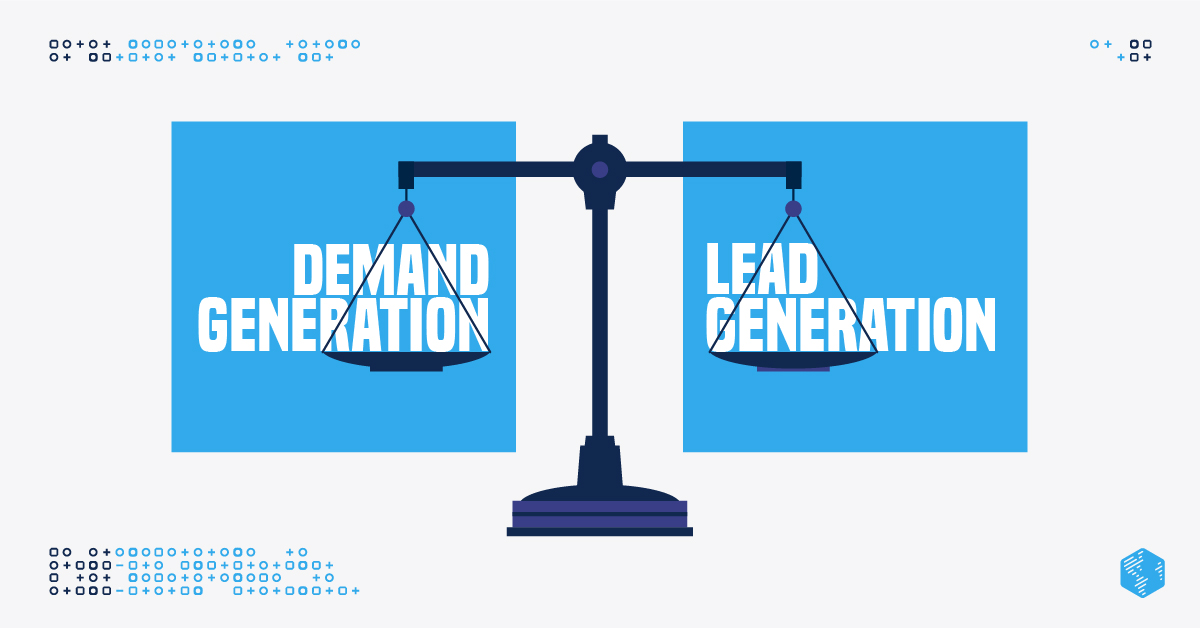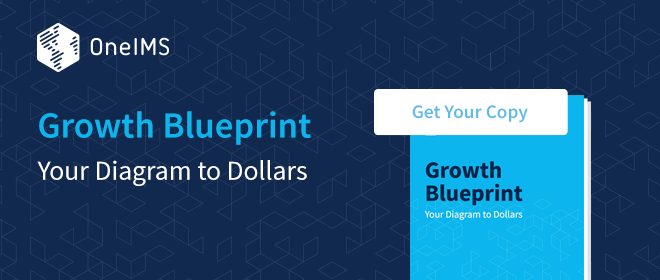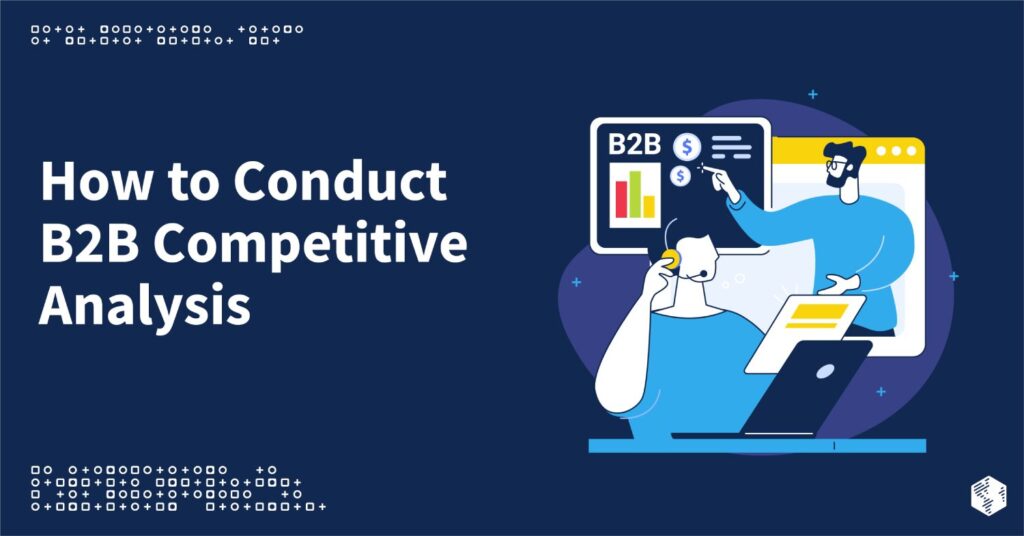Both demand generation and lead generation are critical aspects of B2B marketing. But while most businesses are mainly concerned with lead generation, demand generation is also crucial. To get to the leads, you must first create demand.
We have created this guide to help you understand what demand generation is, the difference between lead generation and demand generation, and strategies to effectively generate demand for your B2B business.
What is Demand Generation?
Demand generation is all about creating awareness about your business and your offerings. You create a demand for your business by getting the word out to target audiences about your company through effective storytelling. With storytelling, you’ll want to explain how your business can solve their problems and then gradually turn your audience into potential customers.
You generate demand for your business by educating and informing audiences about your products and building their interests. Once people start to search for your company and the products you are offering, they are ready to be guided to the next stage in the funnel and on towards becoming leads.
For example, if you are selling telecommunications solutions to other businesses, you may write non-promotional blog posts on how these solutions can benefit business operations.
Demand Generation vs. Lead Generation
Demand generation and lead generation are often used interchangeably by businesses and marketers, but they aim to serve intrinsically different purposes, albeit with the same end-goal.
Simply put, demand generation is letting people know about the existence of your business by informing and educating them about what you are offering, and how it can solve a particular problem they might be having. Lead generation, on the other hand, is getting people interested in solely YOUR business such that they reach the end goal of making a purchase.
The interested consumers then start looking for businesses and companies that sell the product and this is when they become your potential leads. You must attract them to choose YOU over your competitors. This is the goal of lead generation.
There is usually no engagement with the consumers in the demand generation phase, whereas one of the most important features of lead generation is to collect customer information such as their name and contact information.
As you can understand from the example, demand generation is customer-centric. Meaning you aim to inform and educate the customer about their pain points that you wish to eliminate with your product. Whereas, lead generation is sales-centric, which means you are now trying to sell YOUR product and attract them towards YOUR business.
The takeaway from this is you cannot generate leads effectively without first generating demand. Hence, if you have been concentrating solely on generating leads, it is time you focus equally on generating demand as well.
You cannot generate leads effectively without first generating demand. #LeadGeneration #DemandGeneration Click To TweetThree Effective Demand Generation Strategies for B2B Businesses
1. Offer Something of Value for Free
It might sound unthinkable when you are suggested to spend money on building a premium tool or creating useful resources and then give them away for free. But this is exactly what you should do if you want to get noticed by the people who matter.
Take the example of HubSpot and their Blog Topic Generator tool that they offer for free. It is a premium solution that gives you a variety of blog topic ideas when you enter a keyword. This tool is a great example of how to offer something of value for free to grab the attention of your audience and have them keep coming back to your website.
If building a new tool is not an option, you can also create or gather resources, turn them into informative and easy to decipher content such as infographics and post them on your website.
By being of value to your customers, you create a space for yourself in the minds of your prospects. They will not only look to your business as a thought leader in the industry but will also refer others to do the same.
2. Create Insightful and Informative Content
Remember the end goal of demand generation is to inform and educate people about what you are bringing to the table and how it addresses the pain points of your audience. And, what can possibly be the best way to achieve this than through content?
The content you create can be blog posts, videos or podcasts. But you must ensure that they emphasize and address the pain points of the customers that you are trying to solve.
The important thing to ponder on at this point is, why should people value your content> Are you saying something that has not been said before? With so much content readily available to consumers, the way to create a space for yourself is to offer content that is rich with original research, carries valuable insights into the latest industry trends, and hits the pain point of the readers directly while providing a viable solution.
Simply put, think outside the box, be honest and create content that is genuinely meant to help your customers. How do you do that? One simple way is to take the frequently asked questions from your customers and convert them into content. When your customers are already letting you know what they are curious about, leverage it by turning it into valuable, useful, and relevant content. Chances are many other people are looking for the same answers too!
3. Host Webinars with Industry Experts
Webinars are a great way to drive demand generation for B2B companies. In fact, data shows that the conversion achieved with webinars can be as high as 46%. The reason webinars are such great demand generation tools because they not only offer insightful resources of valuable information but engage with the audience as well.
Getting an industry influencer to conduct the webinar for your business is a great way to grab people’s attention. It will create brand awareness and equity, resulting in demand and eventually lead generation.
Indeed, it is a daunting task to host a webinar, especially getting an industry influencer to agree to participate. But you can host the live webinar once and reuse it several times later to keep driving demand and engagement. Most webinar registrants don’t attend the live session anyway, so by making it available online on your website you can keep attracting traffic, encourage sharing, and thus generate awareness of your brand.
Start Generating Demand Today!
If you need assistance with demand generation strategies or have any further questions, don’t hesitate to contact our expert marketing professionals at OneIMS today.



































